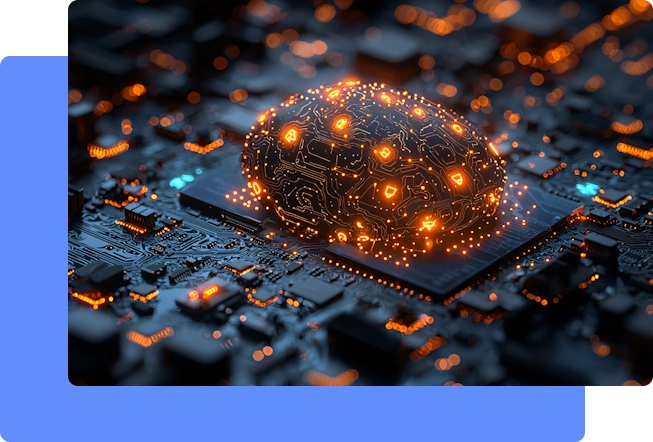Silent witnesses: Reading the language of traces
National Science Week 2025
From 9–17 August 2025, Australia celebrates National Science Week with the theme “Decoding the Universe: Exploring the unknown with nature’s hidden language.” It’s about finding patterns in the world around us and uncovering the stories they tell.
In forensics, we do exactly that. We read the hidden language left behind in trace evidence, the tiny fragments and patterns a person leaves without even realising. This could be a dusty shoeprint, a single thread, or the whorls and loops of a fingerprint.
Each of these traces is a piece of a larger story. On their own, they might seem small or ordinary. But with the right tools and expertise, they can link people to places, reconstruct events, and even challenge or confirm witness accounts.
For Science Week, we’re exploring three common types of trace evidence: fingerprints, shoeprints, and fibres, and how advances in technology are helping forensic experts decode their hidden messages.
Fingerprints: More than patterns
Fingerprints have been a cornerstone of forensic science for over a century, valued for their uniqueness. No two people share the exact same ridge patterns, not even identical twins. Advances in the field are giving fingerprints new layers of meaning. Beyond matching ridge patterns in large police databases, scientists can also analyse the chemical traces in a print such as residues from sweat, lotions, or environmental exposure to gather extra clues.
New ultra-sensitive imaging techniques are making it possible to find and lift fingerprints from challenging surfaces like fabrics or thermal paper, where prints were once nearly impossible to recover. At a crime scene, this means investigators can identify individuals from a wider range of surfaces and situations, increasing the chances of linking a person to a specific event or location.
Shoeprints: Evidence in motion
Shoe sole impressions can reveal more than just the shape of a shoe or foot. By analysing multiple impressions and their relationship to the surface, experts may find clues about movement, direction, or changes in walking style. But these must be interpreted with care, as the surface itself can affect these features.
Forensic Investigators capture these details in different ways, from plaster casts and detailed photographs to high-resolution 3D scans in specialist labs. These scans can be analysed to explore walking patterns or changes in gait, although such interpretations remain a subject of debate and are generally treated with caution. At a crime scene, shoe sole impression evidence can help map possible movement paths, entry and exit points, and areas of activity, especially when considered alongside other evidence.
Fibers and the chemical signature they carry
A single fibre from clothing, carpet, or upholstery can place a person at a location or show that two objects came into contact. Modern laboratory tools can identify a fibre’s exact colour and chemical makeup, even if it looks identical to another sample under a normal microscope.
By understanding how fibres transfer and how long they remain on a surface, forensic scientists can explain whether contact was likely to have been recent, indirect, or unrelated to the incident. In an investigation, this can connect a suspect to a scene or victim. Even if no other evidence is found.
The bigger picture: Technology and trace evidence
Whether it’s a fingerprint, shoeprint, or fibre, the science behind interpreting trace evidence continues to evolve. Researchers are testing new tools, from advanced imaging to AI, to help experts find and match clues faster and more accurately.
At bdna, we make sure these advances are supported by the right forensic case management tools and by cutting-edge field technology like our product prints.
Prints, part of bdna’s Public Safety Platform, enables frontline police to capture fingerprints and other biometrics quickly and securely using just a mobile device. No scanners, cables, or special hardware needed. This touchless solution meets international biometric standards and can match records in under three seconds, even in low-connectivity environments, making it an invaluable link between the scene and the lab.
Why it matters
Trace evidence is often the detail that tips the balance in an investigation. Each print, fibre, and shoeprint carry a pattern and is part of nature’s hidden language. When decoded, it can reveal exactly what happened.
For Science Week’s theme “Decoding the Universe” they’re a perfect example of how science turns the smallest details into powerful stories, uncovering the truth piece by piece and ensuring justice is built on the clearest, most accurate picture possible.






